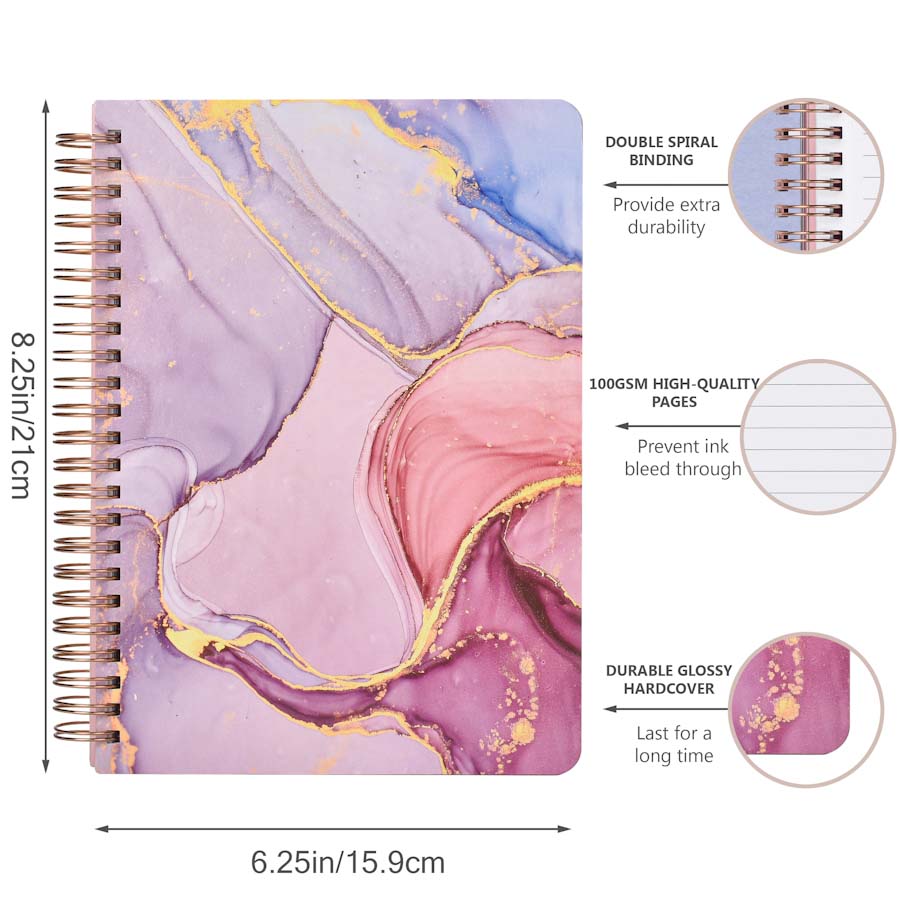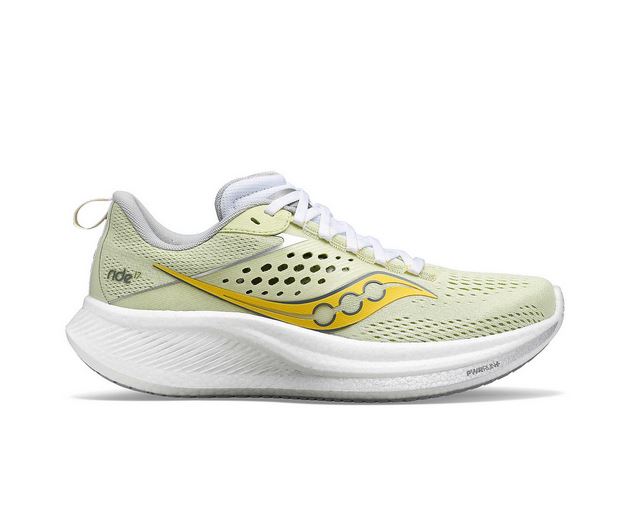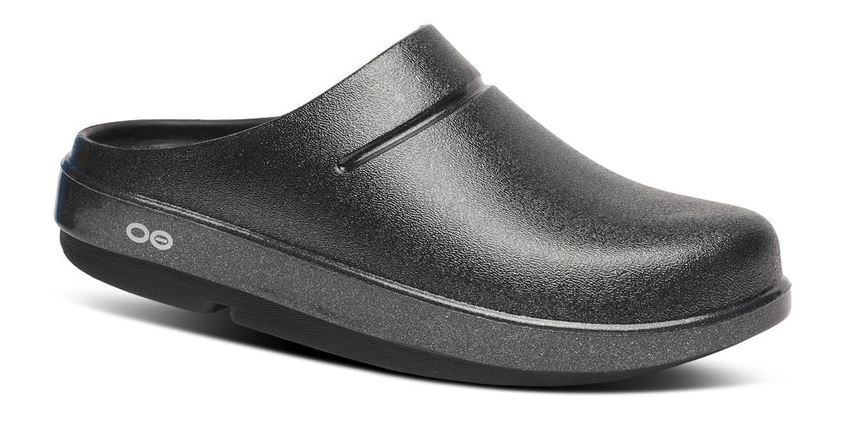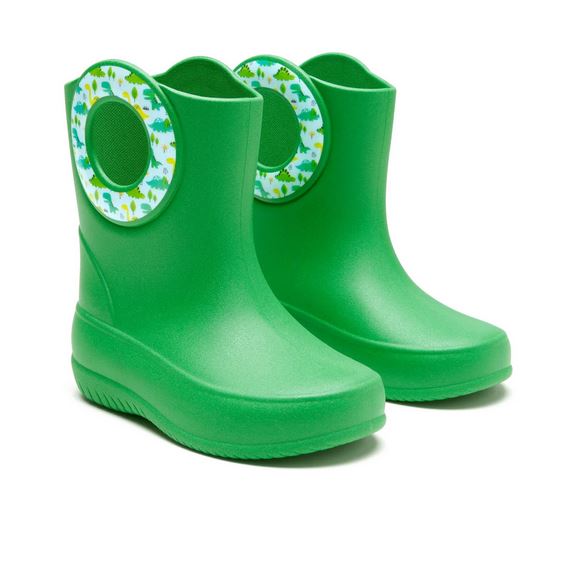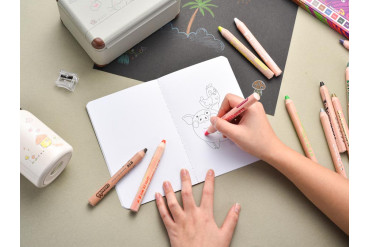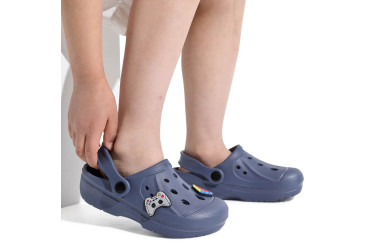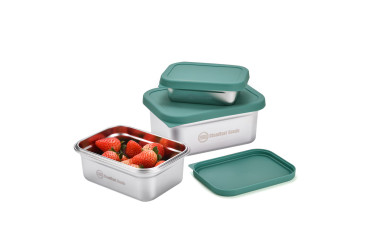Stationary Photography
Stationary product photography is a niche that demands creativity, precision, and an eye for detail. Notebooks, pens, markers, folders, paint sets and pencils are all products that people use to create something memorable like piece of art or something that needs to be presented at work or school to other people. We all enjoy beautiful stationary products that are pleasant to look at, but the real love and appreciation is reserved for stationary products that also work smoothly. Whether for a personal art collection or office supplies, showcasing stationary in its best light ensures your products connect with the right audience.
What You Will Need to Get the Best Stationary Product Listing
- Clear, well lit and edited photos
- Photos that show what the products are made from
- Photos that highlight the functionality of the product
- Stylized photos that show how nice the products look
- Photos of the product in use
- Photos that show the content of the package
- Infographics
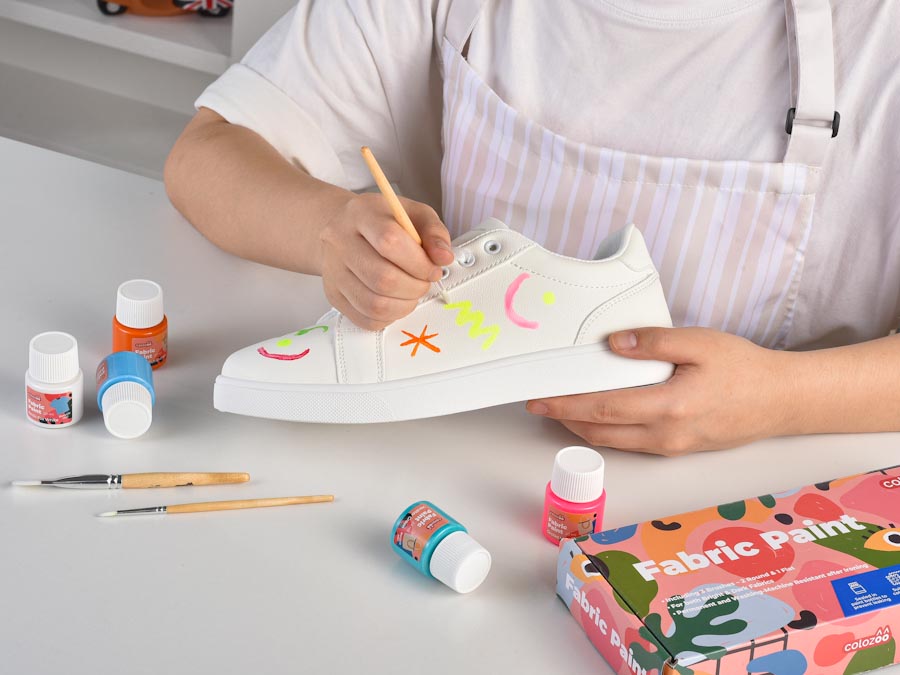
The Role of Lighting in Stationary Photography
Lighting is what makes the photos of stationary products look good or not. Regardless of which style of lighting you want, it has to be clean and professional, and especially if the products are metallic or glossy, you want to make sure there are no unwanted reflections that exaggerate scratches that won't be seen in real life. Metallic finishes or glossy notebooks are prone to unwanted reflections or harsh shadows when improperly lit. To avoid this, soft, diffused light—whether natural or artificial—helps to illuminate the products evenly while bringing out the nuances in color and texture.
For example, photographing a pastel-colored notebook with a simple ballpoint pen can look flat under harsh lighting. But when placed in a studio setup using softboxes the shadows will be under control and create an appealing contrast between shiny and matte materials, such as the gleaming metal clip of a fountain pen against a textured paper background.
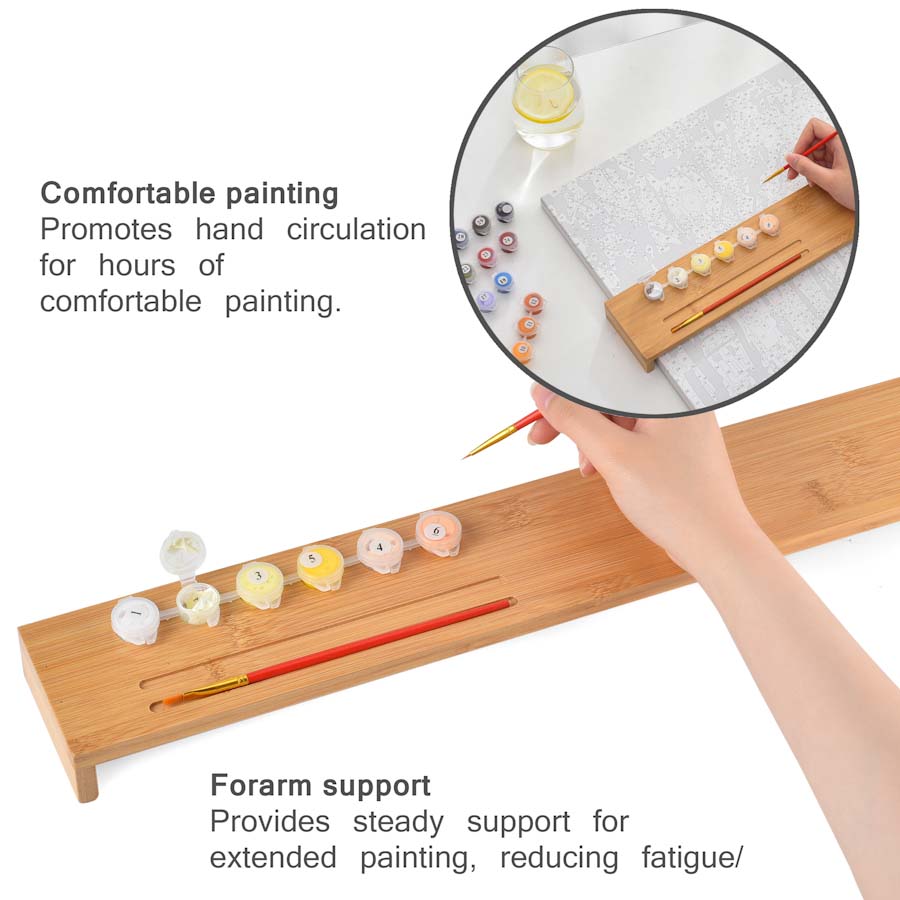
All ecommerce product photos should represent the product accurately and without having harsh shadows or too much brightness. Take advantage of soft lighting methods to make sure the product is clear in vision and doesn't have those distracting things. Without proper lighting all other efforts in the following points will have less impact.
Showcase the Materials Used for Stationary Products
When people are looking to buy stationary, they want to know whether it will last and whether the product will be comfortable to use. For example if you are a kindergarten teacher who has had to buy coloring pencils for 20+ kids and work with them on a daily basis with those pencils, you can probably relate to how frustrating it is to have those pencils constantly break when sharpened, or not color well, or color in a way that leaves dust everywhere that ends-up all over the kids' clothing.
These are all things that can ruin the mood and experience of the class. So if you have a quality product that is made to solve a specific problem the buyer has, show it through photos! Even in the store it can be difficult to assess what the product functionality is, online you can showcase, so don't miss the opportunity to do that.
Highlighting the Unique Features of Your Stationary Products
Does your product have a feature that really makes it stand out from the competition? Be sure to highlight it! Is the folder you are selling have a glossy surface that is easy to clean, while at the same time water resistant enough that it won't get destroyed from the cleaning? Are the tips of the markers made in such a way that drawing is smooth and consistent? Is the paint you sell able to cover other colors or is it translucent when applied to a non-white surface? These are all features that buyers care about and want to know about, so taking the time to create materials that show what the product does is really essential.
If there are a few items the buyer is choosing between and one has all the non-obvious questions answered, this item will win, even if the other items have the same features, because it isn't clear what the features are unless it is shown.
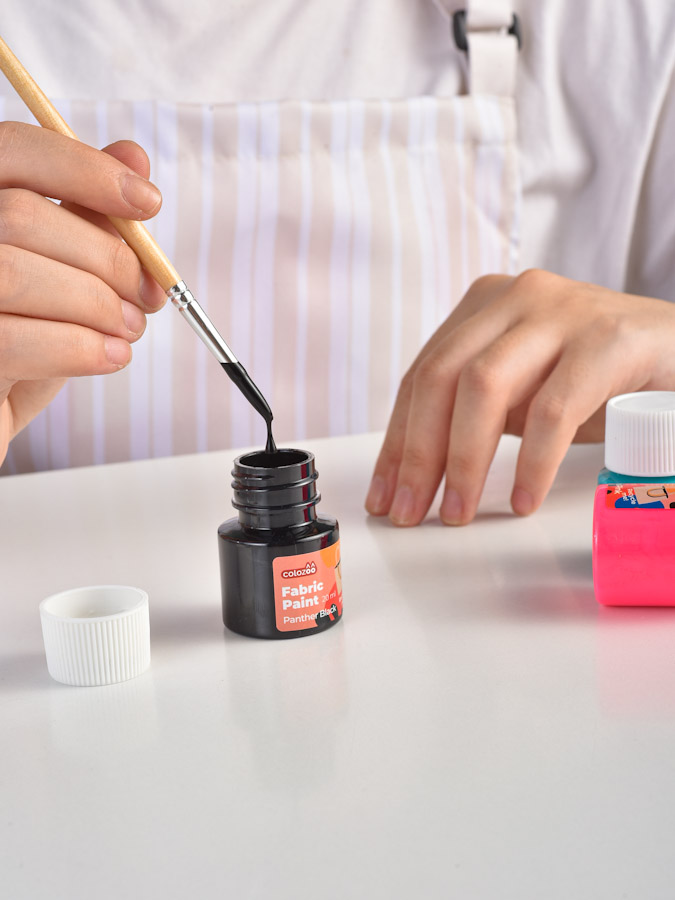
Here we really also need to make a point about communication. It happens quite often that clients book a photo shoot, send us their products, give us the brief, but don't mention in the brief any unique features the product has. When the photographer sees in the brief that he has to take a certain photo, but doesn't understand why, it is likely that the photo won't be the best you could have gotten. Photographers work with many different products every day, and it is not possible to explore or guess each and every product to try to understand what is unique about it. This is why, it is very important that the unique features be highlighted in the brief. This doesn't have to be anything complicated, just explained in 5-10 words.
Stylized Lifestyle Product Photos
Arranging stationary items in an engaging and aesthetically pleasing way is another vital aspect of stationary photography. Overcrowding the shot with too many objects can overwhelm the viewer, while an overly minimal setup can fail to convey the product's full potential. A carefully curated selection of items, arranged thoughtfully, strikes the right balance.
For example, a flat lay photo featuring a notebook, a ruler, a set of pens, sticky notes, and paper clips tells a story about productivity and organization. The composition should feel harmonious, with each item placed purposefully to avoid clutter. Likewise, a close-up shot of a single pencil sketch in progress, with the pencil delicately poised above the page, can evoke a sense of creativity and attention to detail. Incorporating diversity in product arrangements helps keep the shots engaging. Instead of always showing stationary in neat, formal setups, mixing things up with a casual desk arrangement or an artistic display of pencils spilling out of a case can add personality and make the images feel more authentic.
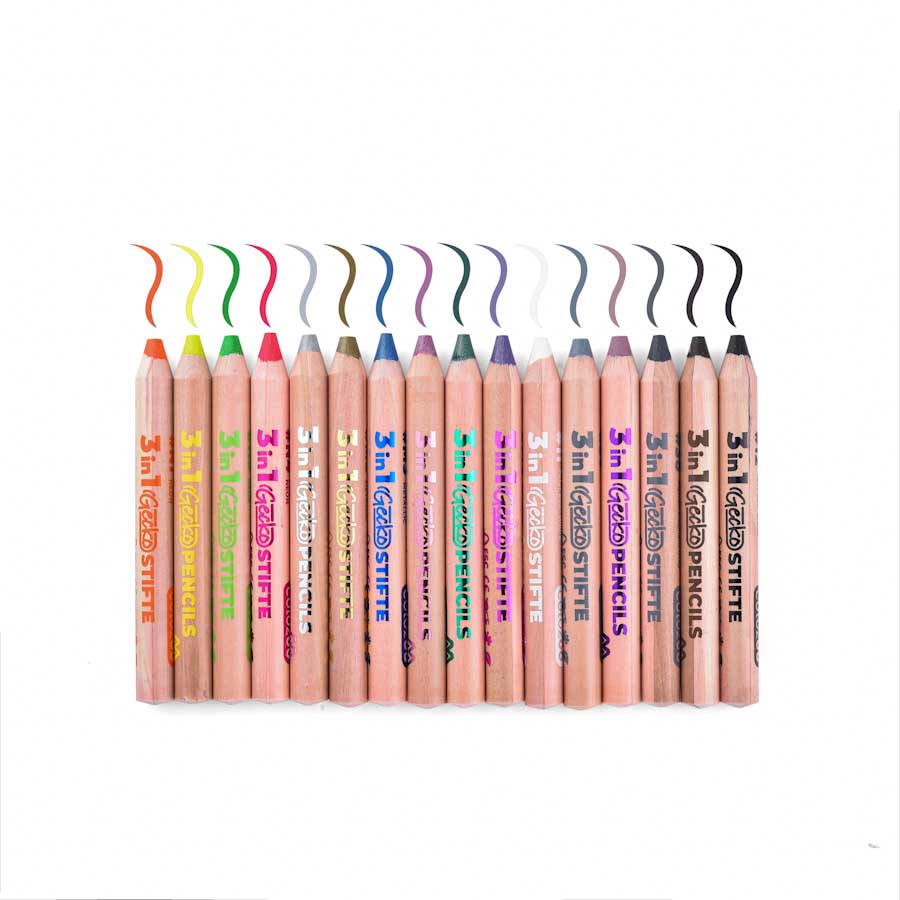
The choice of background and surface is just as important as the stationary items themselves. The right backdrop can complement the product and make its colors and textures stand out, while the wrong one can distract from the item or clash with its aesthetics. For instance, a notebook with a handcrafted leather cover might look most appealing against a rustic wooden surface or linen background, enhancing its artisanal quality. On the other hand, brightly colored pens, markers, or crayons could pop more against a clean white or neutral background, letting their vibrant hues take center stage.
Creative choices can also be made with the backgrounds, such as arranging a set of markers or colored pencils on a chalkboard surface, implying the creative potential of the products. Surfaces with subtle textures can enhance certain products—for example, pairing a glossy planner with a smooth marble surface to emphasize its modern, sleek design. This approach helps create a visual balance between product and background, which is essential, especially in online marketplaces, where the product needs to shine without overwhelming the viewer.
Photos of Stationary Product in Use
Lifestyle photography can elevate stationary products by showing them in real-world settings, making the items more relatable and attractive to customers. A photo of a notebook and pen laid out on a well-organized desk, or a set of paints next to a half-finished artwork, tells a story of productivity or creativity. These images don't just sell the product—they sell an idea, an experience, or a feeling that the customer can associate with the product. This approach works well in both traditional stores and online marketplaces. While the clean, isolated product shots are essential, lifestyle images help customers imagine how these items will fit into their own lives. It's a subtle but powerful way of driving engagement and encouraging purchases.
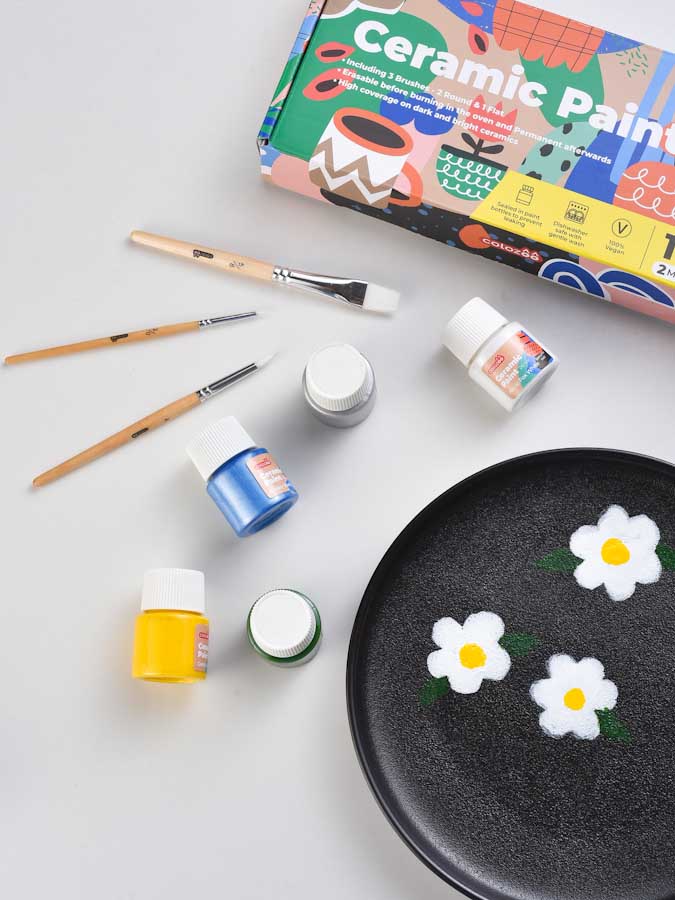
Content Photos
People buy things fore themselves as well as for other people. Don't miss the opportunity of showing photos of the packaging that comes with the product and all items that are included in the set. This way the buyers will have a clear idea of exactly what they will be getting with their purchase.
Infographics Images
As useful as product photos are in ecommerce, there are things that can't be communicated with a photo alone. This is where infographics come into play. Use them to show the product dimensions, explain special features, and mention any other important information about the products you sell.
Conclusion
Professional stationary photography can make a lasting impression, especially in online marketplaces. At 360 Refinery, we understand the power of exceptional visuals in driving sales and connecting with customers. From planning and styling to shooting and post-production, our team's comprehensive approach ensures that the final images exceed your expectations. Let us help you elevate your brand through expert product photography that not only captures attention but also converts interest into action. Reach out to 360 Refinery today and start transforming your product imagery into a powerful marketing tool.
Inspiration: Listings with Best Stationary Product Photos
Let's have a look at some kitchen storage container product listings that did a great job in terms of photo presentation that can serve as an inspiration for your project:
We really love the lighting in these running shoes photos, the product is evenly lit with shadows highlighting the structure of the sole and texture of the fabric. Some product photographers, especially when they spend more time taking photos of larger product, sometimes will forget to adjust the lighting set-up for smaller products and miss on those intricate light accents that something as simple as a reflector will add.
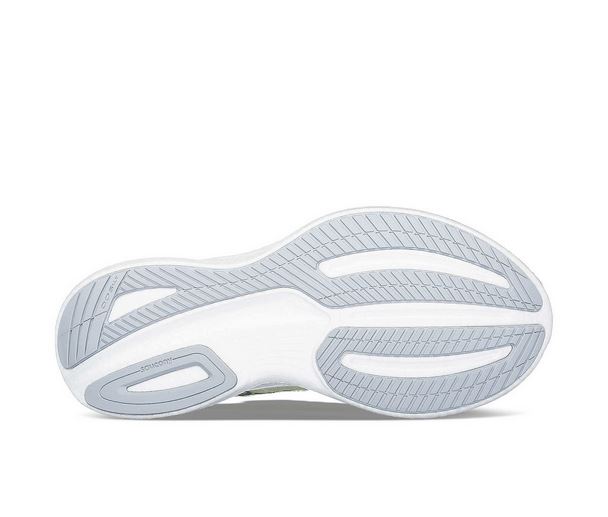
The shoes product photos for this listing show very clearly from multiple angles what the shoes are made of with all textures and curves. It is a simple listing, but very effective.
2. Women's OOcloog Luxe Clog - Black Sparkle
This product listing emphasized on the human element, including 2 images with people cooking next to the containers, and we also like that they went all in on the infographics, carefully explaining all product features while at the same time making sure the information is easy to read without being overbearing.
The infographic with the measurements lists not only the dimensions of each container in inches, but also how much volume it can with both measured in liters and cups, which is very valuable information.
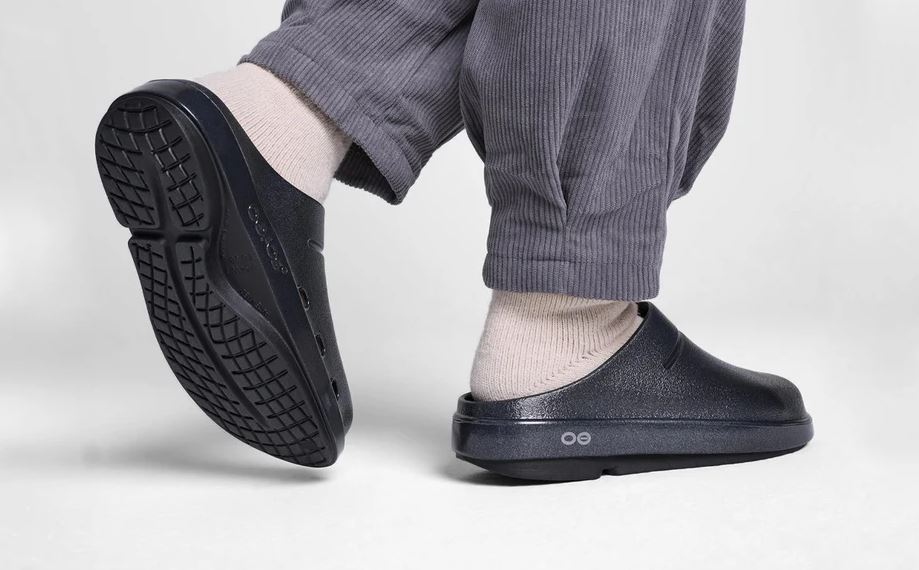
Chef's path's team made a really good choice to include fresh vegetables in the above photo, because it immediately creates the idea of freshness associated with the product. While grains and processed products are easier to style during a photo shoot, the photo with salad makes a huge impact on the buyers.
3. Okabashi - Toddler Kendall Rain Boots, Green Dinosaurs
For this listing of storage containers, the brand managers decided to include a very impressive variety of foot items that can be stored in the containers which in turn makes the resulting product photos look very colorful and appealing.
We also like the photo with liquid inside a container held at an angle to show that the container really is airtight.
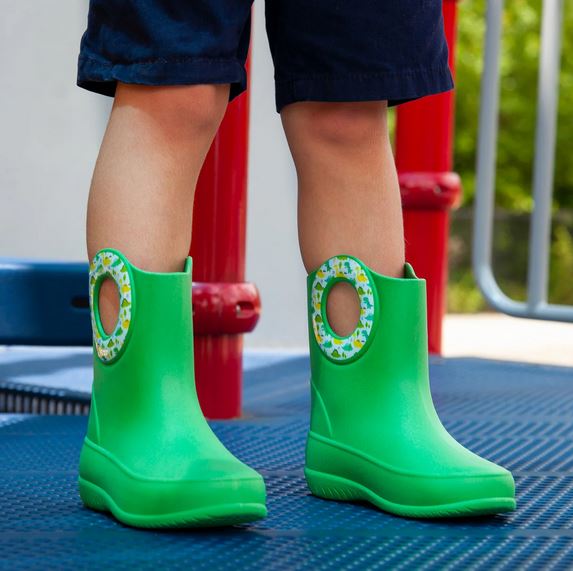
Frequently Asked Questions (FAQs)
Should props be used in shooting pictures of kitchen storage containers?
- Yes, props can be used to help demonstrate functionality, but they shouldn't overshadow the container.
Why is the background significant in product photography?
- A clean, white, or neutral background draws the consumer's attention to the product by keeping the focus on the item.
What camera settings are preferred to shoot kitchen storage containers?
-Use a DSLR to capture sharp, detailed images with high resolution, low ISO, and a moderate aperture for the best results.
Why must e-commerce photos go through post-processing?
-Post-processing enhances image clarity, removes minor imperfections, and ensures the product appears polished while maintaining a realistic look.
Summary
Selling kitchen storage containers in online stores relies heavily on professional product photography. Key techniques, such as selecting the right lighting, using props effectively, and refining images through post-processing, can create compelling visuals that drive sales and build customer trust.
At 360 Refinery, we specialize in product photography in China that give your brand the best online presence it deserves. Let us help you capture the eye-catching clicks of your kitchen storage containers and make those unique from the competition. Contact us today to discover how our expertise can elevate your product presentation!
Bedding Photography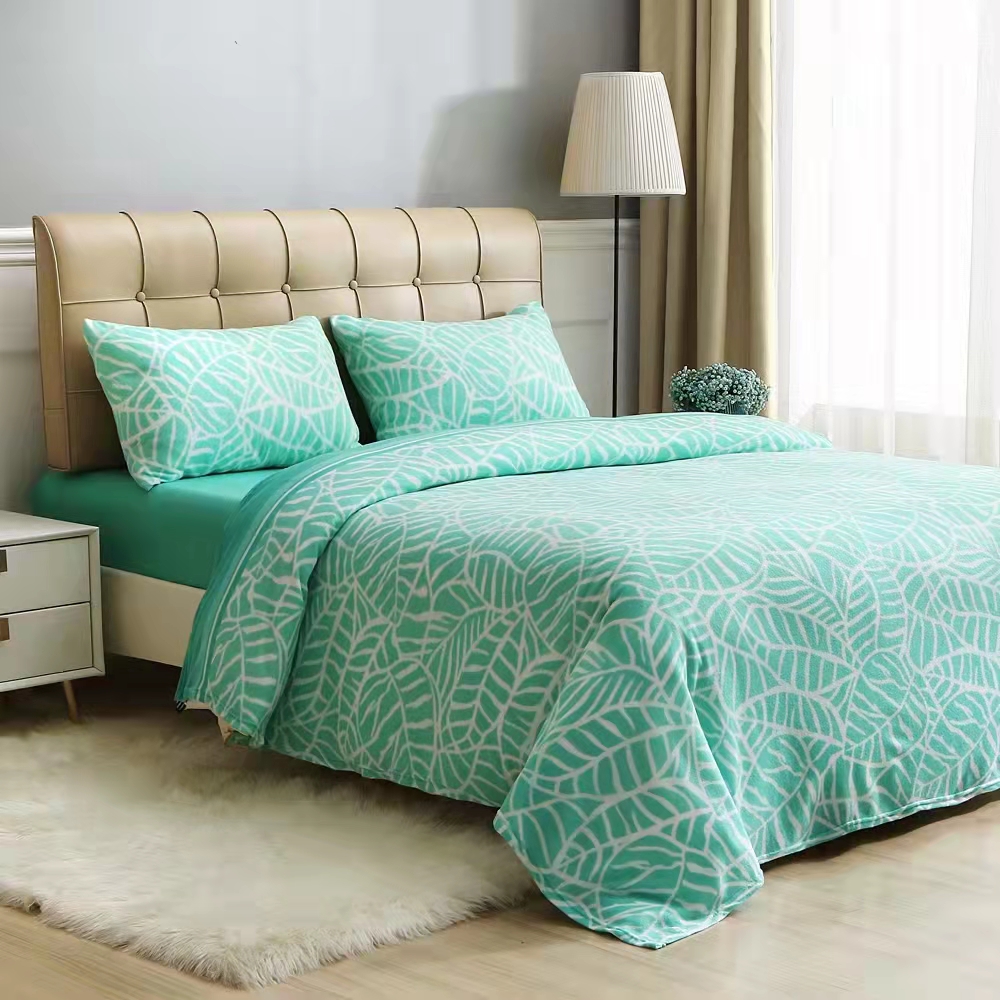 | Jewelry Photography.jpg) | On Model Photography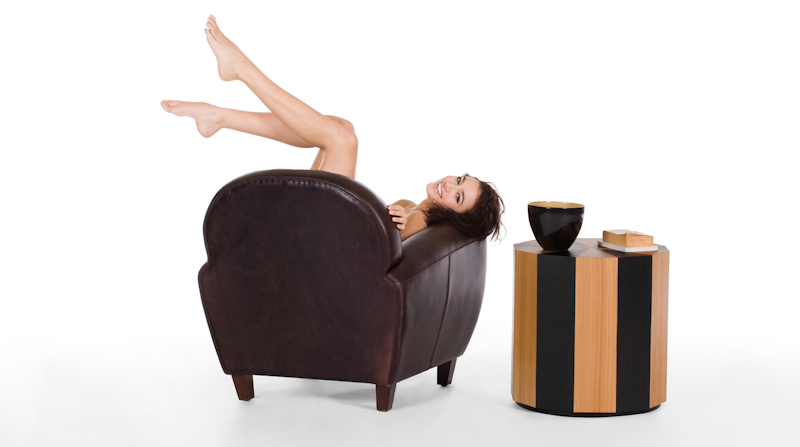 | Footware Photography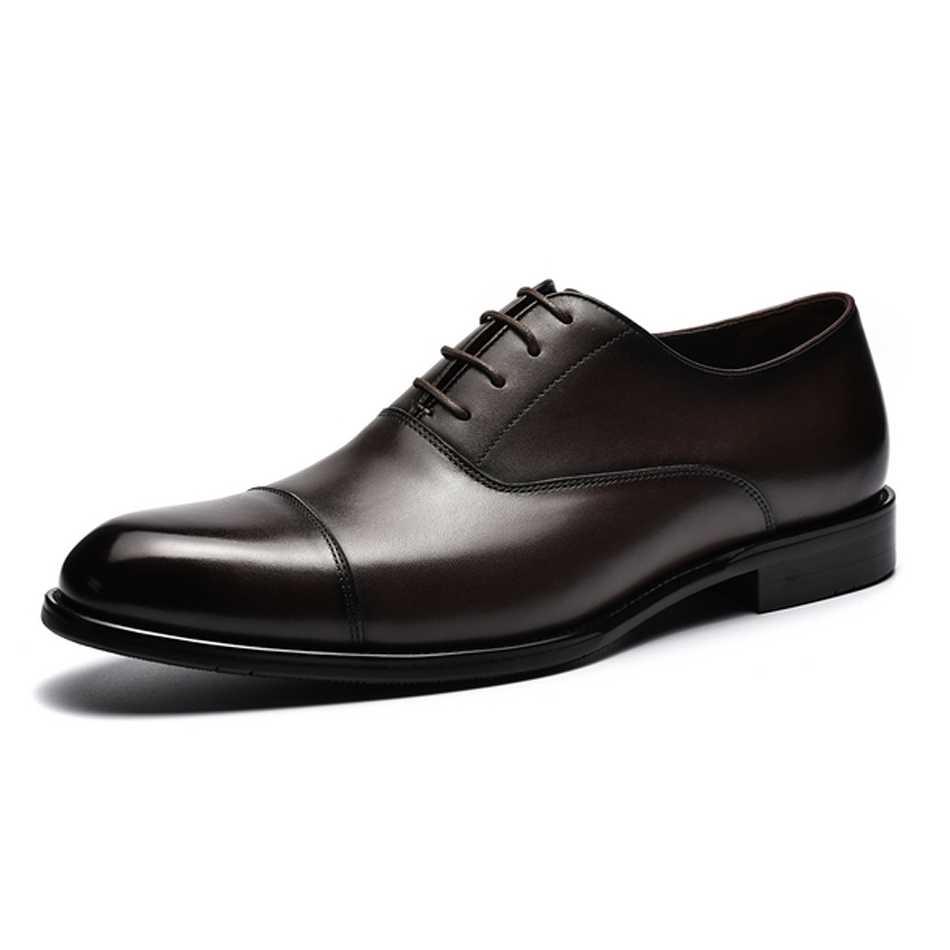 |
See samples of our product photography work here.
Learn more about our product photography pricing here.

